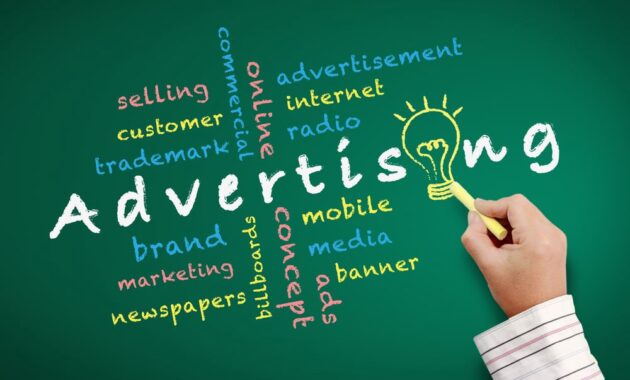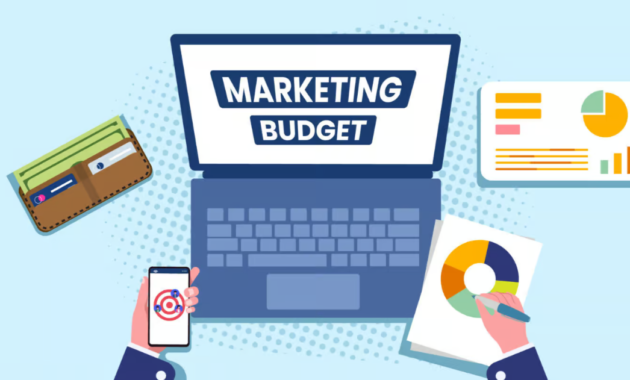Advertising has always been a cornerstone of business growth, acting as the bridge between a brand and its potential customers. In today’s competitive landscape, where countless businesses are vying for attention, effective advertising is more important than ever. Whether you’re launching a startup or running a large-scale enterprise, a well-thought-out advertising strategy can make the difference between obscurity and market leadership.
This article will explore how advertising fuels business success, the various forms of advertising, how to develop impactful campaigns, and why consistency in messaging builds trust and loyalty.
Understanding the Importance of Advertising in Business

What Is Advertising?
Advertising is a form of communication used by businesses to promote their products, services, or brand to a target audience. It involves strategic planning, creativity, and a mix of different channels to capture attention and drive action.
Why Is Advertising Crucial for Business Success?
- Creates brand awareness
- Generates leads and drives sales
- Builds credibility and trust
- Differentiates you from competitors
- Provides measurable business growth
Types of Advertising and Their Impact
Traditional Advertising
Traditional media includes TV, radio, newspapers, and billboards. These channels are effective for reaching a broad demographic and establishing a strong brand presence.
- TV and Radio Ads: Ideal for mass awareness and emotional storytelling.
- Print Advertising: Great for detailed messaging and credibility.
- Outdoor Advertising: Billboards and transit ads help with high-frequency visibility.
Digital Advertising

With the digital revolution, businesses now have more control over targeting and budget.
- Social Media Ads: Platforms like Facebook, Instagram, and LinkedIn allow precise targeting and real-time engagement.
- Search Engine Marketing (SEM): Google Ads puts your business in front of users actively searching for your services.
- Display Ads: Visual banner ads that increase brand recall.
- Email Marketing: Personalized campaigns for nurturing leads and repeat customers.
Influencer and Content-Based Advertising
- Influencer Marketing: Leveraging social media influencers to promote your brand to their followers.
- Native Advertising: Blends in with content to offer a non-intrusive promotional experience.
- Video Advertising: Short-form video on YouTube or TikTok is ideal for brand storytelling.
How Advertising Helps Build a Strong Brand
Increasing Brand Visibility
Consistent advertising ensures your business stays top-of-mind. Visibility leads to familiarity, and familiarity builds trust.
Establishing Brand Identity
Effective advertising communicates your brand’s voice, values, and personality. It tells people who you are, what you do, and why it matters.
Creating Emotional Connections
Great ads go beyond selling—they evoke feelings. Emotional branding helps build customer loyalty and long-term relationships.
Positioning in the Market
Strategic advertising helps you differentiate from competitors and position your brand in a unique, memorable way.
Advertising and the Customer Journey
Awareness Stage
At this stage, customers first discover your brand. Display ads, SEO, and influencer posts are key tools.
Consideration Stage
Here, users evaluate options. Advertising should highlight benefits, value propositions, and social proof (e.g., reviews).
Decision Stage
Strong calls-to-action, limited-time offers, or product demos can help close the sale at this point.
Retention and Loyalty
Advertising doesn’t stop after a purchase. Retargeting, email campaigns, and loyalty rewards help maintain long-term relationships.
Crafting an Effective Advertising Strategy
Know Your Audience
Understanding your target market is essential. Use customer personas to define demographics, pain points, and motivations.
Set Clear Advertising Goals
Are you aiming to build awareness, drive website traffic, or boost sales? Goals should be SMART: Specific, Measurable, Achievable, Relevant, Time-bound.
Choose the Right Platforms
Select advertising channels based on where your audience spends time. For example:
- B2B: LinkedIn, Google Ads
- Fashion/Retail: Instagram, TikTok
- Local businesses: Facebook, local print media
Develop a Unique Value Proposition (UVP)
Your UVP should answer: Why should someone choose your product or service over another? Build this into your ad messaging.
A/B Testing and Optimization
Run multiple ad versions to see what works best. Monitor performance metrics like click-through rate (CTR), cost per click (CPC), and conversion rate.
Budgeting for Advertising

Setting a Realistic Budget
Start small and scale. Allocate a percentage of your revenue (typically 5–10%) to advertising, depending on your business model.
Allocating Budget Across Channels
Diversify your advertising spend across platforms:
- 40% for digital ads
- 25% for social media
- 15% for influencer/content marketing
- 10% for traditional media
- 10% for testing new platforms
Measuring Return on Investment (ROI)
Track your ROI by comparing the cost of advertising with the revenue it generates. Use tools like Google Analytics, Facebook Ads Manager, or CRM systems.
Common Advertising Mistakes to Avoid
Targeting Everyone Instead of a Niche
A broad approach can dilute your message. Focus on specific customer segments for better results.
Ignoring Mobile Optimization
Over 70% of online users access ads via mobile. Ensure your ads are mobile-friendly.
Overcomplicating Your Message
Keep it clear, concise, and compelling. Simplicity sells.
Not Following Up on Leads
Advertising brings in traffic—make sure your sales funnel or CRM captures and nurtures those leads.
Real-World Examples of Successful Advertising
Nike – “Just Do It”
This campaign focuses on empowerment and aspiration, making it memorable and emotionally resonant.
Apple – Minimalist Product Ads
Apple ads highlight simplicity and product benefits, reinforcing brand values.
Coca-Cola – Personalized Bottles
By personalizing bottles with names, Coca-Cola created viral word-of-mouth and deep consumer engagement.
Future of Advertising in Business

Artificial Intelligence in Ad Personalization
AI helps tailor ads in real time based on user behavior, improving engagement and conversion.
Voice Search Advertising
With the rise of smart assistants, businesses are exploring how to advertise via voice-enabled devices.
Augmented Reality (AR) Ads
Brands like IKEA and L’Oréal are using AR to allow customers to visualize products before buying.
Sustainability Messaging
Modern consumers favor brands that promote environmental responsibility. Advertising is shifting to reflect these values.
Also Read : Top 10 Cybersecurity Technology Trends Shaping Businesses In 2025
Conclusion
Advertising plays a critical role in the growth and success of any business. From creating awareness and building trust to driving sales and customer retention, it influences every stage of the buyer’s journey. In a fast-evolving digital world, businesses must embrace innovative advertising techniques while staying true to their brand identity and customer values. A thoughtful, data-driven advertising strategy can be the foundation for long-term success, whether you’re a small business or a global brand.
FAQs
What is the primary role of advertising in business?
Advertising helps promote products or services, increase brand awareness, attract new customers, and drive sales.
How does advertising help small businesses?
It allows small businesses to compete by targeting specific audiences, building brand recognition, and generating leads affordably through digital platforms.
What’s the difference between marketing and advertising?
Marketing is the overall strategy for promoting a product or service, while advertising is a specific tactic used within that strategy to communicate with the audience.
How do I measure the success of my advertising campaign?
Track metrics such as click-through rates, conversion rates, customer acquisition cost, and return on ad spend using analytics tools.
Is traditional advertising still effective?
Yes, especially for local businesses or older demographics. However, combining traditional and digital advertising offers the best results.




